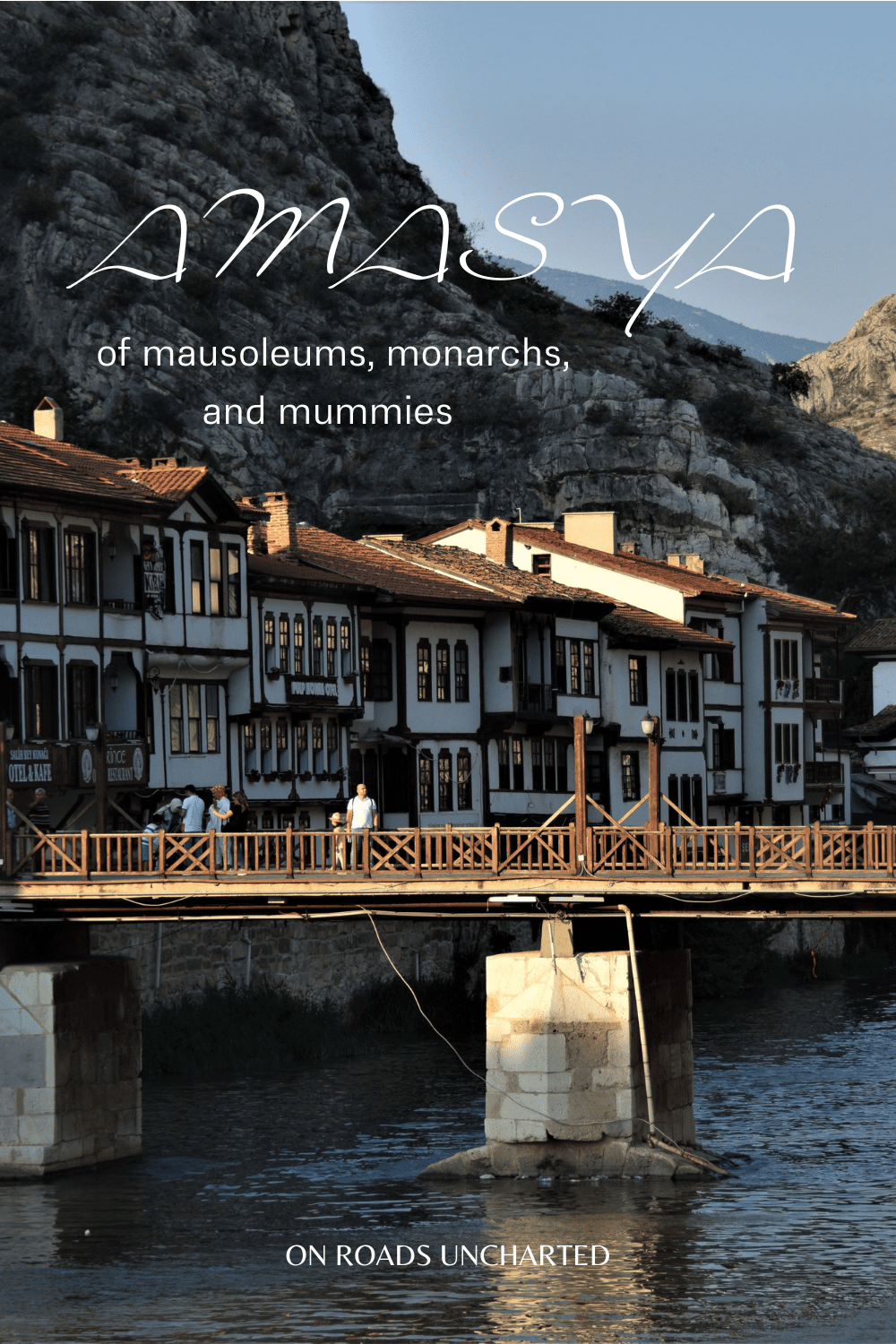Monumental tombs of ancient kings. An old Seljuk mausoleum and Ilkhanate hospital. Quaint Ottoman dwellings. A peculiar, octagonal madrassa. And seven mummies. Far off the main tourist route, Amasya is an incredibly exciting travel destination in the quiet hinterlands of Turkey‘s Black Sea coast.
Amasya is most beautiful before sunset.
When golden light caresses her whitewashed facades and slender minarets, and the murky waters of the meandering stream are transformed into a glistening carpet of a million diamonds, the town reveals her outmost pulchritude. Although the monolithic tombs of fallen kings, hewn straight into the harsh rock face, have already passed into the shadow realm by then, they stoically watch as swift gondolas float down the tranquil river and the call of the imam echoes from the precipitous cliffs around them.
At this late hour, Amasya awakens from her slumber.
Passers-by begin to populate the quaint promenade and wooden bridges, as flirting couples saunter along the scenic riverside. A group of young boys attempts to impress a growing audience with their musical abilities, yet most of their pleasing performance is lost to the stiff breeze travelling through. Families, hoping to catch a last glimpse of the dying light, ascend towards the towering graves, and small vessels dart up and down the river, offering passengers an alternative view of the architectonic ensemble presented to them, while the distinct scent of grilled maize wafts through the balmy summer air.
In this serene atmosphere, I decide to linger. Amasya deserves more of my time.
Besides, I am not the first one to sojourn in this beautiful river town.
WHERE KINGS REST
First came the proud kings of Pontus.
When the Hellenic world burned in the light of Alexander’s (the Great) death, Mithridates, a nobleman of Persian origin, was forced to forsake his homeland of Cius (near the Sea of Marmara) and flee eastwards to the mountainous hinterlands of the Black Sea coast. For two decades, he successfully eluded his enemies, biding his time and strengthening his influence on the region before finally declaring himself basileus (king) in 281 BCE.
The Kingdom of Pontus emerged as a local entity in northern Cappadocia, established itself as a regional power in the following two centuries (encompassing most of the Black Sea coast and Anatolia), before being subjugated by the expanding Roman Republic in 63 BCE. Amasya was the prosperous capital of this Hellenic kingdom and retained its spiritual importance even after the court moved to Sinope, attributed to its historical significance, as well as the presence of the royal necropolis.
Five tombs for five kings. Five final resting places for the initial five to rule the realm.
Pontus might have vanished long ago, yet the legacy of Mithridates and his kin, carved into the perennial bedrock, has endured the millennia. Today, these monolithic structures, towering above the rubicund rooftops of the old town, are Amasya’s most iconic feature. Although, the graves can’t be entered and resemble World War II bunkers rather than old burial sites from up close, they remain a spectacular testament to the prowess of their erectors.
Plus, they come with quite a decent view!
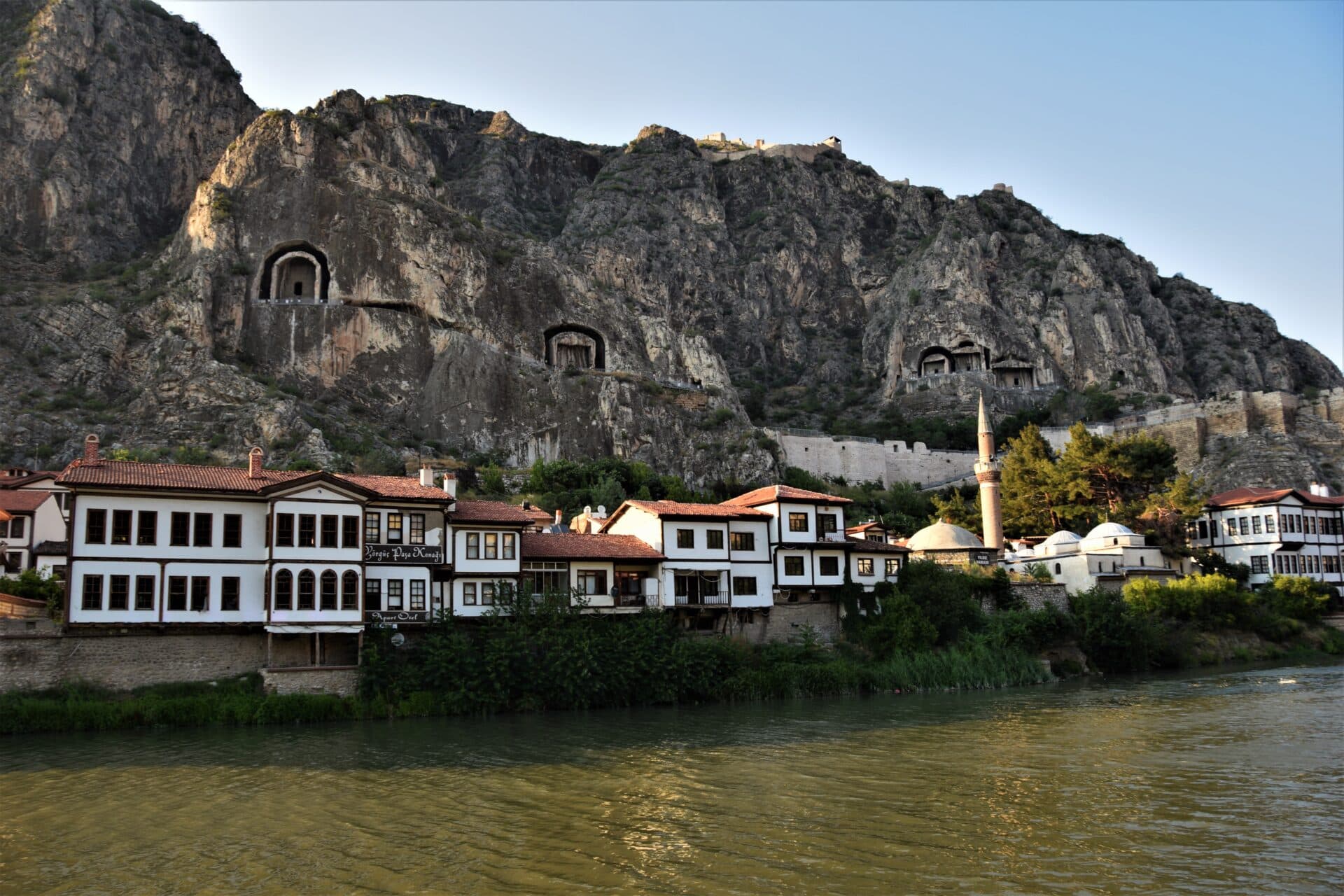
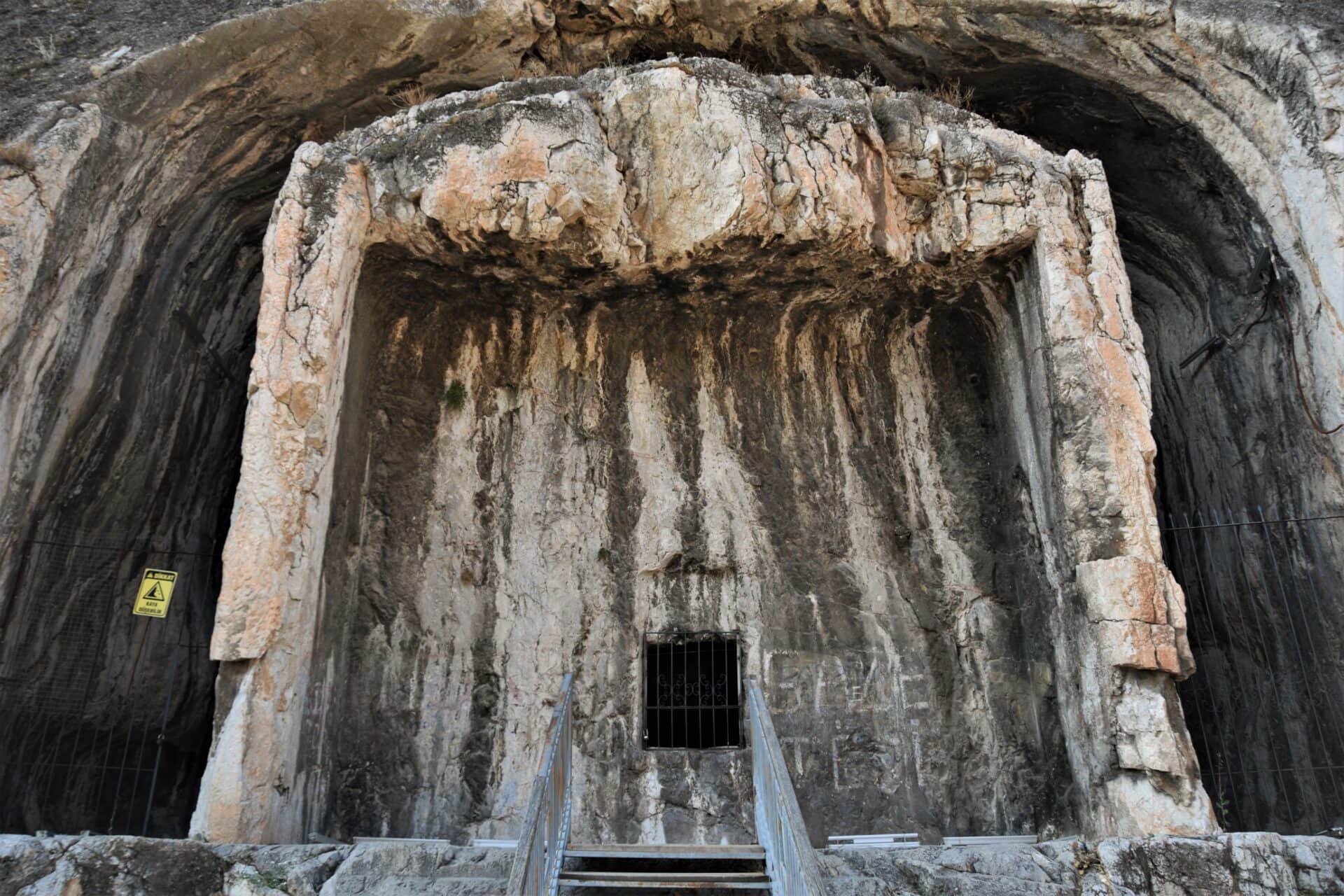
RULERS FROM THE STEPPES
In the aftermath of the Battle of Manzikert (1071 CE), the victorious Turkmen tribes swept across Anatolia, ending a thousand years of Roman rule. In their wake Islam took root as the dominant faith in the region, and Amasya transformed into a thriving centre of Islamic culture and learning. Soon, mihrabs replaced altars, and Islamic scholars preached from the heights of the minbar, while inquisitive disciples meticulously recited verses of the Quran within the newly established madrassas.
Today, many of these beautiful buildings continue to adorn Amasya’s cityscape.
Whether you lose yourself in the immaculate tilework of the Gök Medrese, marvel at the beautiful reliefs of Bimarhane, an Ilkhanate hospital turned medicine museum, twist your head towards the spiralling minaret of Burmali, or explore winding back alleys on the hunt for the city’s neglected and forgotten structures, Amasya promises a wonderful journey back to the waning days of the Islamic Golden Age.
Another spectacular vestige of this period rests in the Archaeological Museum. Laid out in seven glass coffins are the mummified remains of Amasya’s Ilkhanate rulers. Presented in various states of decay, these morbid exhibits offer a fascinating glimpse into an era passed, immortalized through the rotting flesh of its contemporaries.
Archaeological Museum of Amasya
Opening hours | Summer (Apr-Oct): 8:30-19:00 | Winter (Nov-Mar): 8:30-17:00 | open every day
Entrance fee | 20 Lira (August 2022)

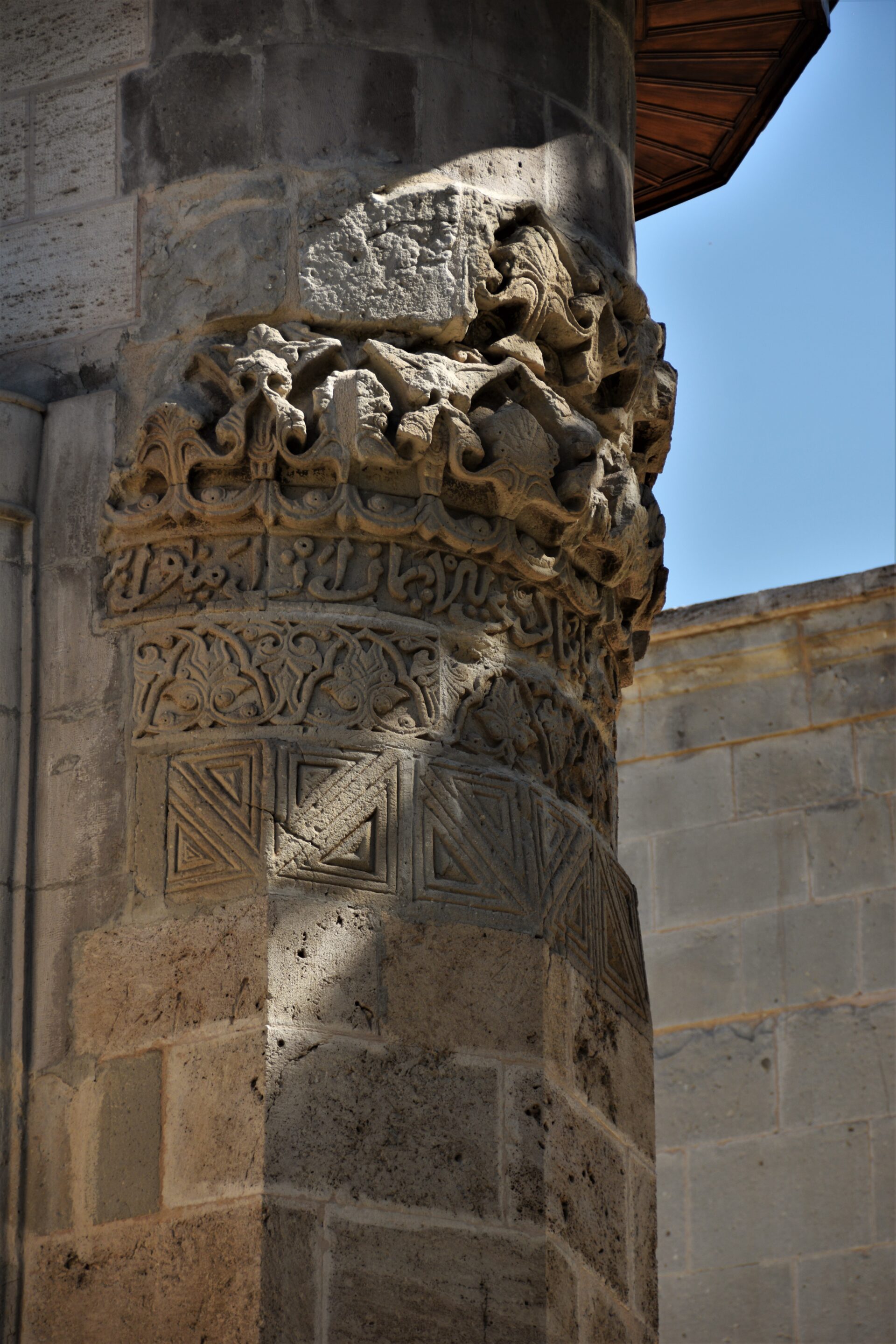
PRINCELY AFFAIRS AND THE PURSUIT FOR KNOWLEDGE
Then arrived the Ottomans.
When the rising empire descended into civil war after the disastrous Battle of Ankara (1402 CE), Mehmed Çelebi, designated heir of Sultan Bayezid I, was forced to retreat to Amasya. Out of sheer political necessity, the town became his residency during the warring years of the ensuing decade.
Although, the court moved back to Edirne following Mehmed’s restoration of the fragmented realm, Amasya retained her privileged status within the empire. Henceforth, the city emerged as a proving ground for the royal youth and many a prince was sent to the Pontic Mountains to attain the traits of governance and statesmanship. In the tradition of the Seljuk Turks, Amasya, once again, established herself as one of the main scholastic centres in Anatolia.
Amasya’s glory days have certainly passed, yet curious pupils continue to study the words of the prophet in the unique, octagonal Kapi Aga Medrese, find rest within the grand halls of Bayezid II Mosque, and wander along the scenic riverside, adorned with the whitewashed facades of perfectly restored Ottoman homes.
Truly, in the blissful presence of these ancient walls, Amasya’s diligent pursuit for knowledge appears everlasting.
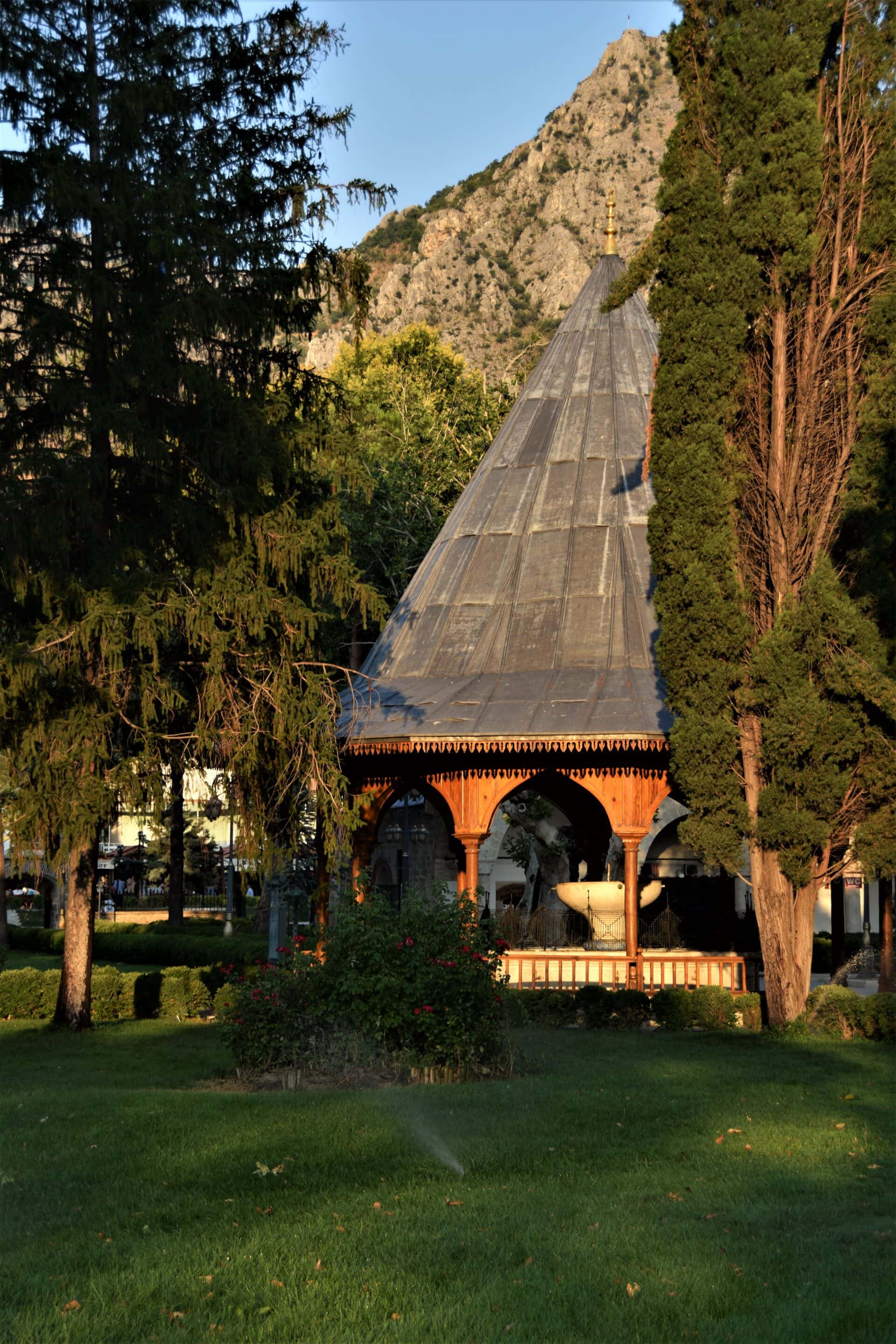

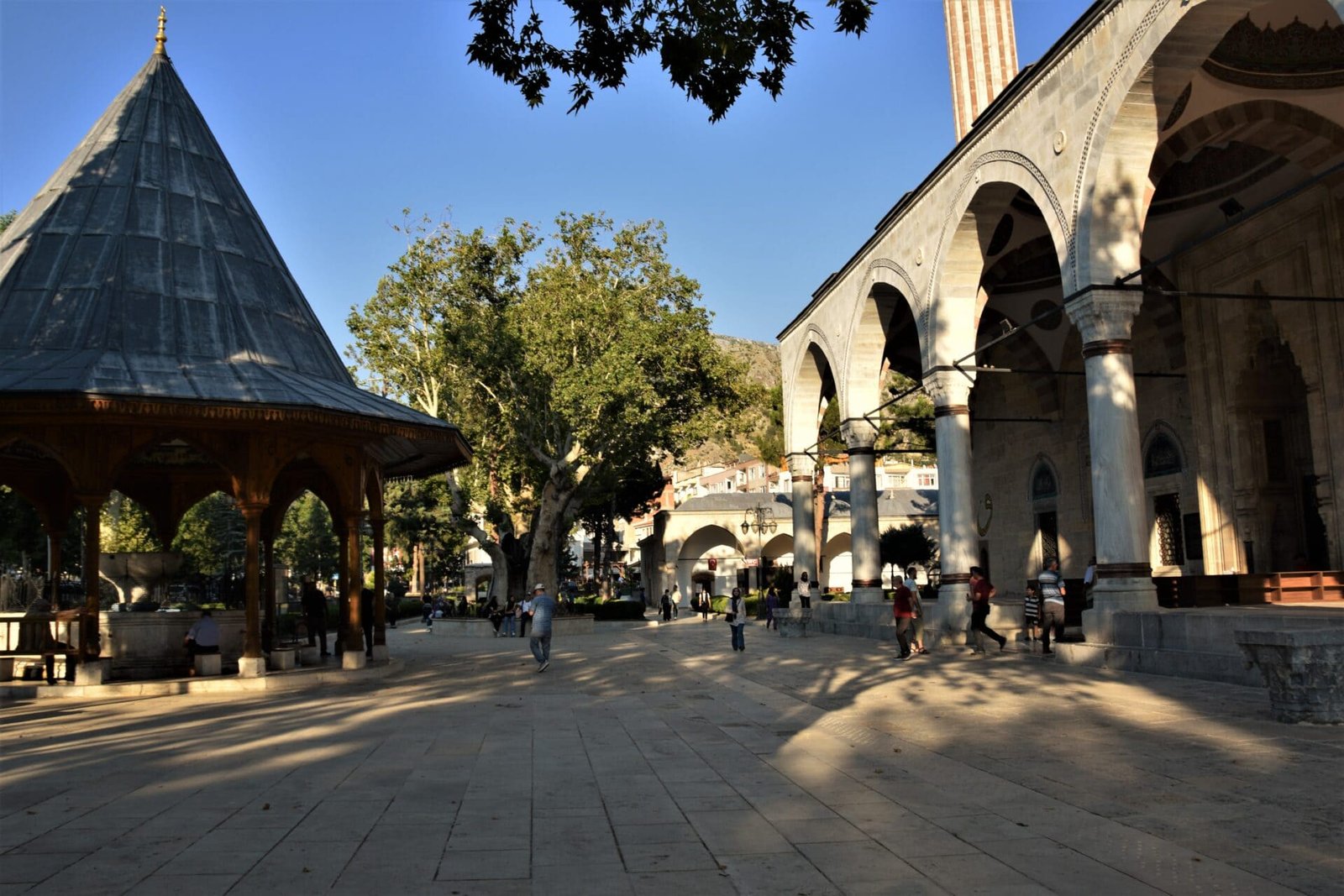
ROOTS OF INDEPENDENCE
At last appeared Atatürk.
As the Ottoman empire disintegrated and was partitioned between the victors in the wake of World War I, the seed of resistance was sown in Amasya. Together with his accomplices, the former general schemed the liberation of his beloved homeland and set in motion a chain of events that would ultimately lead to the establishment of the Turkish Republic.
Utilising the power of the pen, Atatürk brought forth his plan to the Anatolian public through the Amasya Circular, revealing his ambitions and calling on the people to join his just cause. Although, delegates would later unite in Sivas for the Sivas Congress, the beginning of the movement was rooted in Amasya.
Today, the Saraydüzü Barracks/Museum of National Struggle tells the story of this most critical period in recent Turkish history.
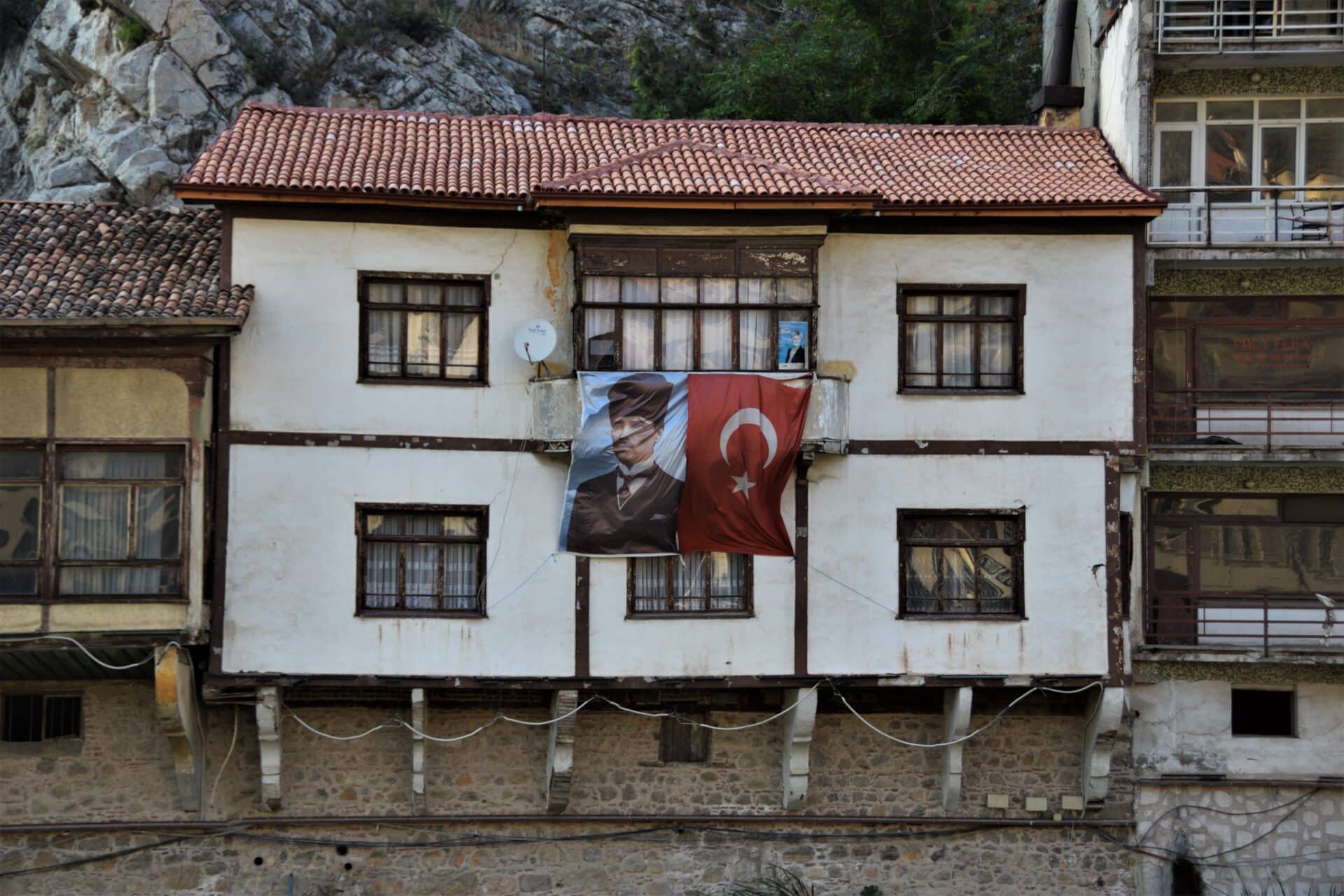
Amasya is a place to revel.
To revel at the traces of her riveting past. The relics of her countless masters. And the beautiful blend of learning and resistance.
Amasya is also a place to rest.
To rest in the serenity of her mosques. The soothing presence of the meandering stream watched over by Ottoman sultans and Hellenic kings. And the cooling shade of her architectural heritage.
Elevated by her scenic beauty and cultural wealth, Amasya presents itself as a fascinating travel destination yet to fall under the sway of mass tourism.
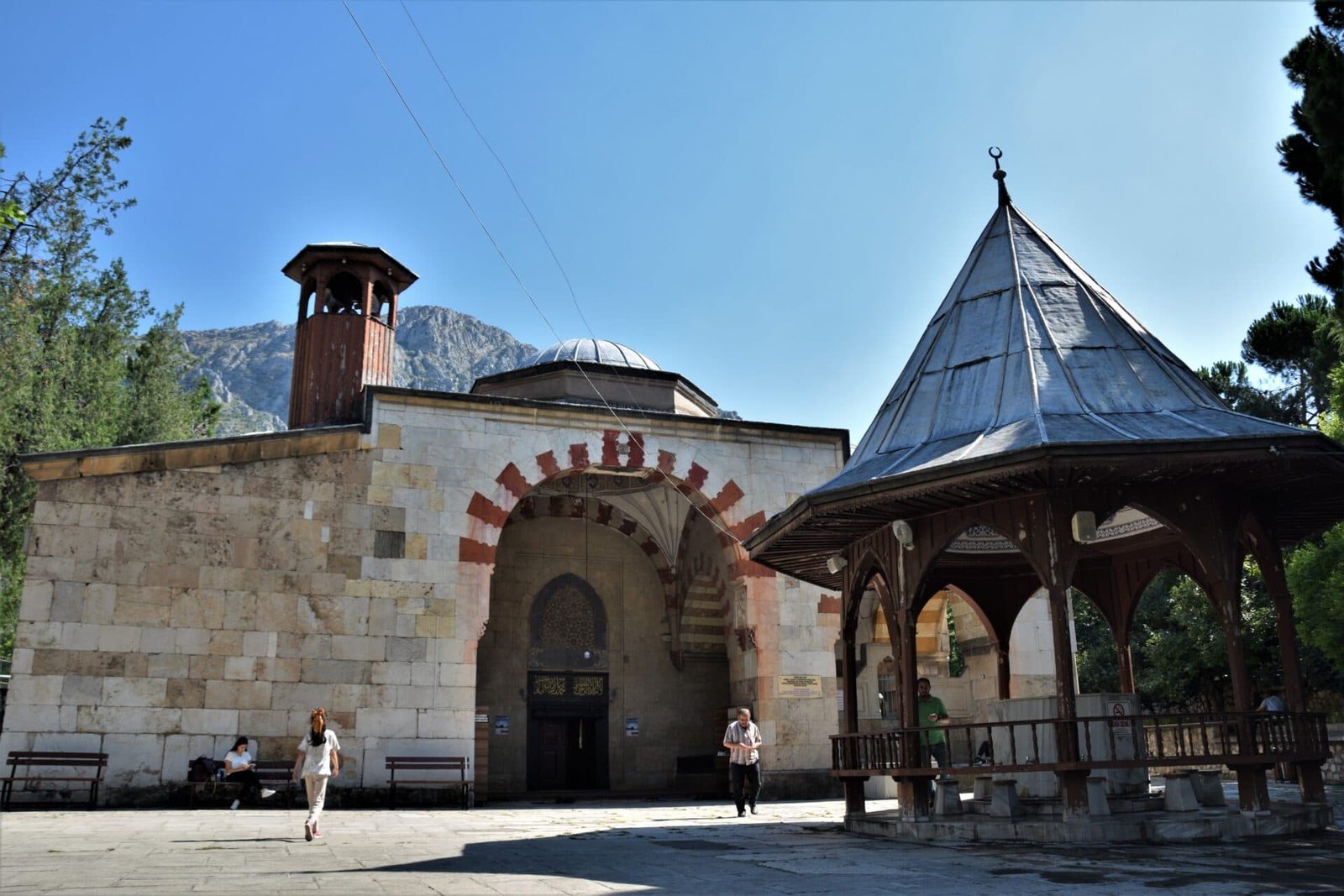
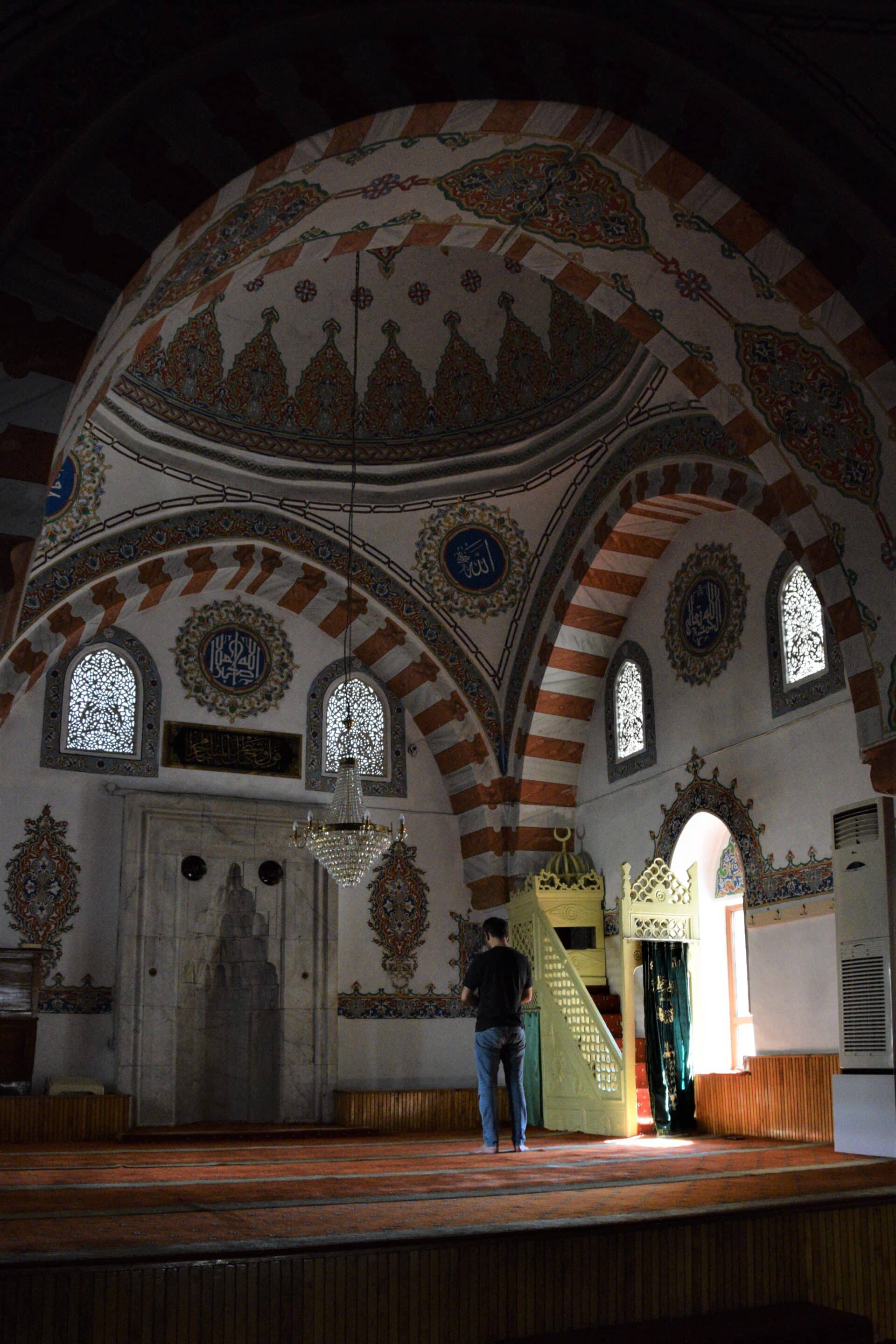
WHERE TO NEXT?
For more content consider following me on Instagram.
Turkey is vast and beautiful. Below are further inspirations for your next trip:
WHY ESKISEHIR IS NOT THE VENICE OF TURKEY
HAGIA SOPHIA | 8TH WONDER OF THE WORLD
THE GREAT MOSQUE OF DIVRIGI | A WONDER OF ISLAMIC ARCHITECTURE
